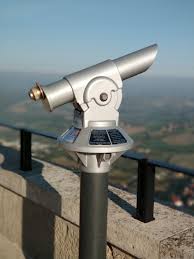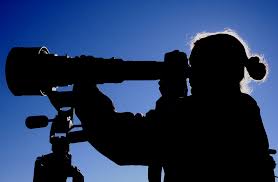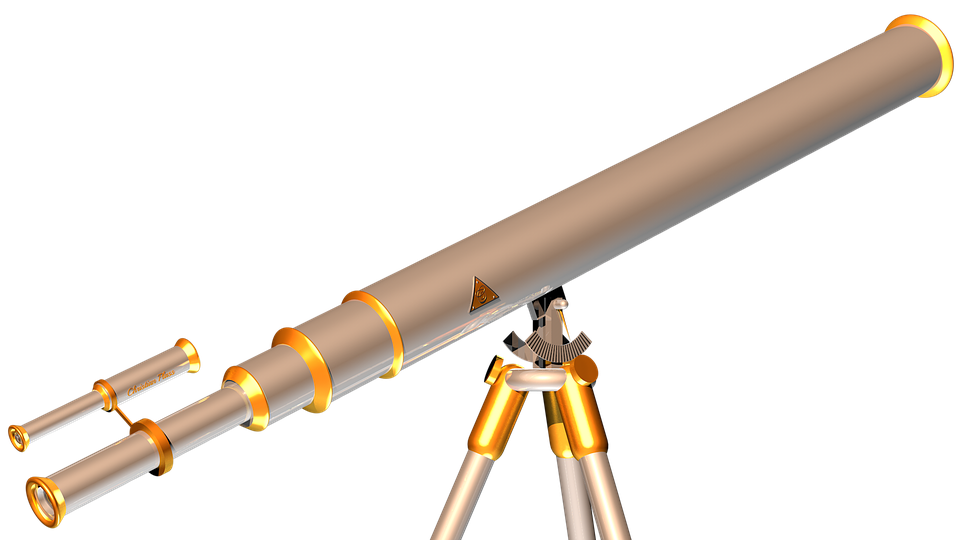If you intend to get into astrophotography, you will have to invest in various equipment. One of the most important of the equipment is a telescope. Choosing the right telescope is essential as it determines the kind and quality of images that you will be able to take.
Aperture

The aperture of the telescope is probably the most important specification that you should consider. The aperture determines the ability of the telescope to gather light, which in turn affects how bright your images will appear. It also determines the resolving power and thus the sharpness of the pictures.
It is essential that you spend some time to gather as much knowledge as you can about the aperture so that you can make an informed decision. Generally, however, a bigger aperture is usually better for astrophotography because it collects more light that is needed for the night time shooting.
Magnification
The eyepiece at the end of the telescope determines the magnification. High magnification power is essential, but other factors should influence your choice. The magnification should be such that it gives a lot of details in the image taken, without spreading the light too much that a bright object becomes a blur or a dim object becomes too dim to see.
 If you intend to take images of faint things such as nebulae and galaxies, low magnification powers are ideal. Medium-high powers are an excellent choice for bright objects such as planets and the moon. A tip for finding out the top useful magnification power of a telescope is multiplying the aperture of the telescope in inches by 50.
If you intend to take images of faint things such as nebulae and galaxies, low magnification powers are ideal. Medium-high powers are an excellent choice for bright objects such as planets and the moon. A tip for finding out the top useful magnification power of a telescope is multiplying the aperture of the telescope in inches by 50.
Size
A large telescope may have its advantages in terms of aperture size. However, it presents various other challenges in addition to being more expensive. The portability of a large astrophotography telescope is a lot less, which makes it suitable only if you do not intend to be moving it for different viewing sessions. You need to find a balance that suits you in terms of performance and convenience. You can also choose one that is easy to disassemble into smaller parts and reassemble if you have to go for the larger telescopes.



